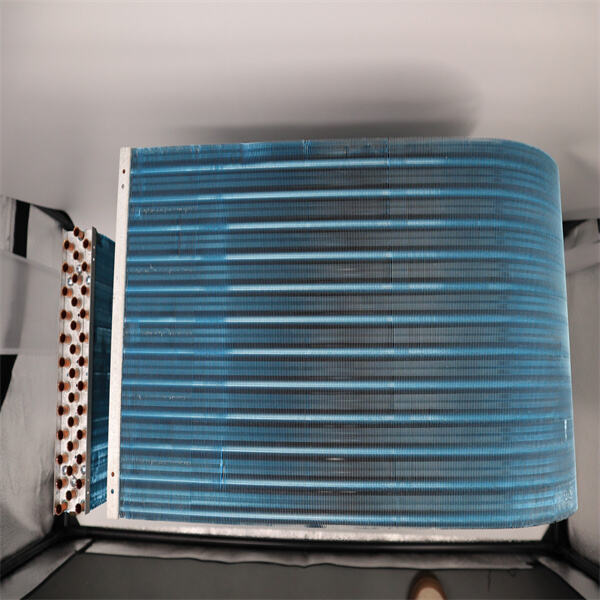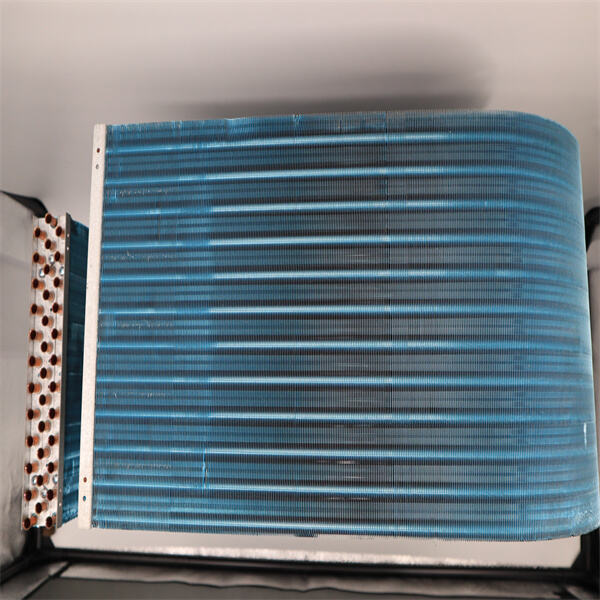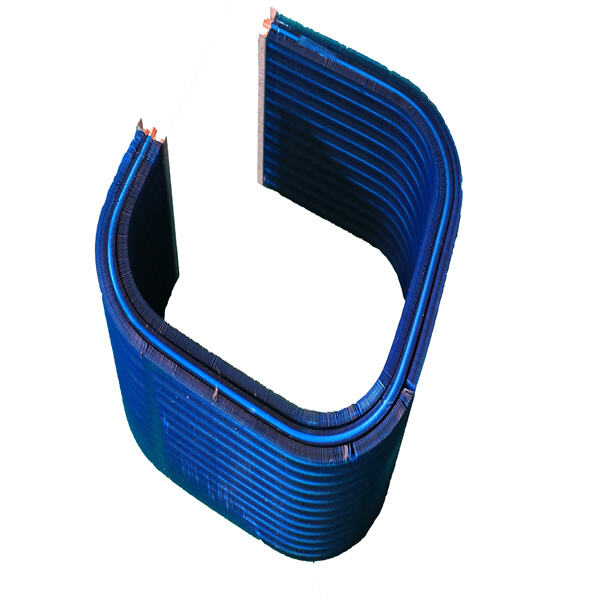Have you ever thought of the way heat is moved to a different location? It’s a fascinating process! One way is transfer the heat, by using a HEAT EXCHANGER COIL. Coil : The coil is built by bending and winding tubes or pipes, It is to facilitate the circulation of hot or cold air & liquids over it. It absorbs heat from air or liquids when it passes through the coil. Scientists have used this to transfer heat from a warmer place to a colder one and vice-versa!
Certainly one of the most sought after Heat transfer coils is used in heating and cooling systems consisting various domestic, commercial to industrial types that actually help conserve energy given very less quantities are needed as compared you other tactics while displacing heat. Excelling in heating, you might have a heater at home that will warm up by touching the heat exchanger coils. The heat exchanger coil will helps to save precious energy, but we are also helping the environment. The less energy we consume (the lower our carbon footprint) the fewer toxins that are released into ecosystem. So he saves himself (and a larger picture — nature) in both, ways!

Type of Heat exchanger coils Which makes the range quite large in application As with almost every type of car out there that are equally beneficial depending on whom you may ask) this is used to benefit what their use will bring and whats downstream due to changes on coil choices as well. Finned tube coils, plate heat exchangers or shell and tube coils are examples of this. APPROPRIATE TEMPERATURE AND SPACE CONSTRAINTS: There are various specifications of heat exchanger coil like as per need, temperature desired and spacing aspects. The best option could well be the number one effectiveness and energy productivity in a home heating or air conditioning solution.

To be sure that A heat exchanger coil runs at their optimal and effective best, it needs to have a cleaning and inspection every now and then. Ultimately, the coils will accrue dirt and grime that limits its ability to move heat. This means that it propagates heat, which is necessary for maintaining proper functionality (heat used to dry hands after washing), and also constrains the bacteria growth on its surface. Check for damage on the coil (damage will also impair function). Cracks or damage on the outside will negatively affect coil performance. We can even care for the coil to make it works better and last longer.

The heat exchanger coil is the lifeblood of your HVAC system -- without it, there would be no effective way to keep warm air moving through your house. HVAC -The term HVAC stands for heating, ventilation and air conditioning. These even have in our house and all those factories which require this much requirement of energy. We get the ideal temperature within our buildings. At home in air conditioning coils, as well a large heat and cooling systems, many are intended to be used as either special counterflow plume type exchanger. Refrigerant / coolant transfer from the air or liquid to be cooled/heated and cooling or heating coils. Among other benefits, it aids in regulating temperature so we can be comfortable at home despite the blazing Florida summer heat or chilly winter nights.